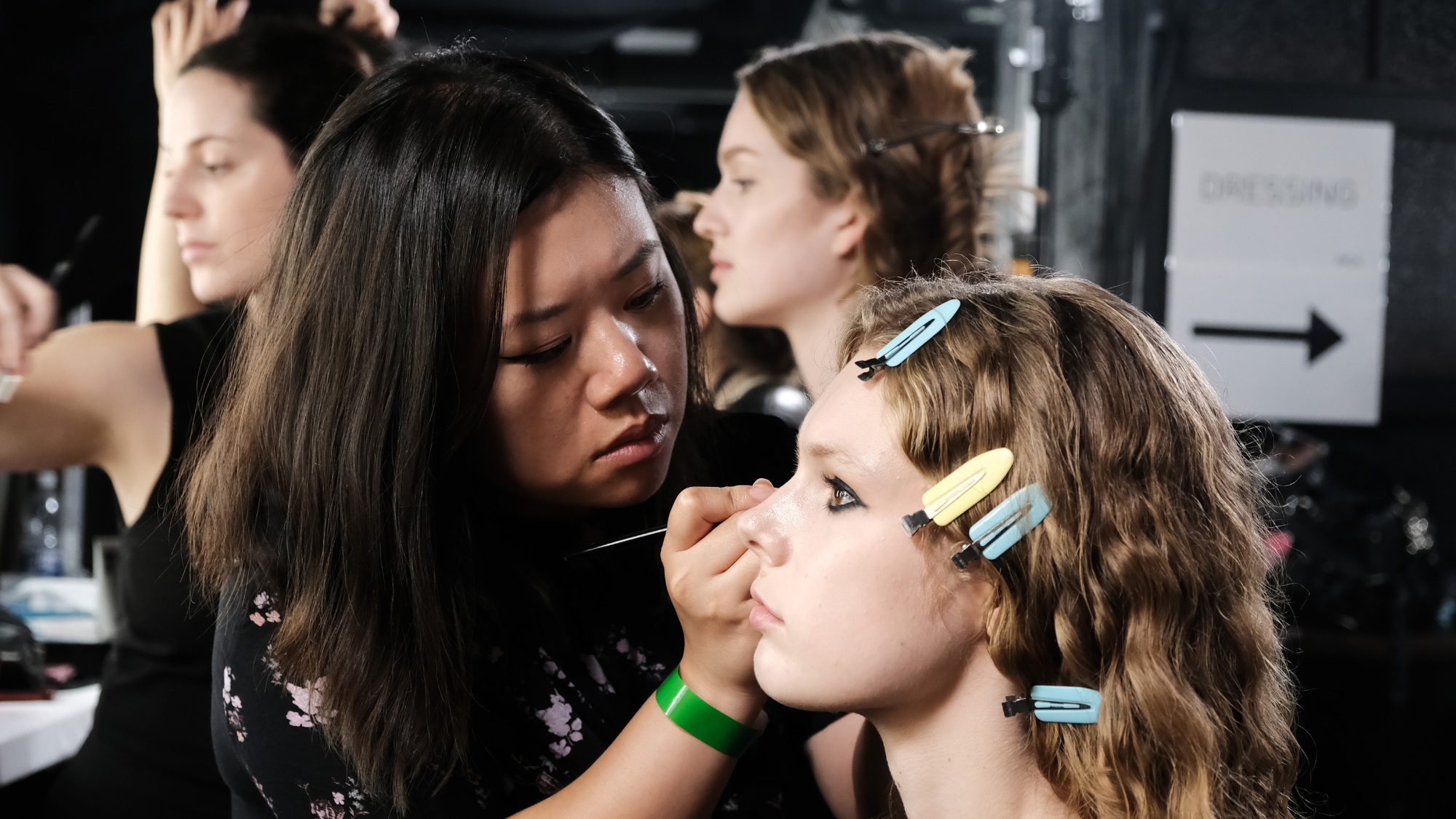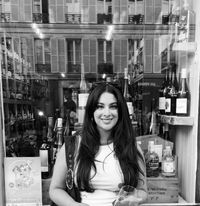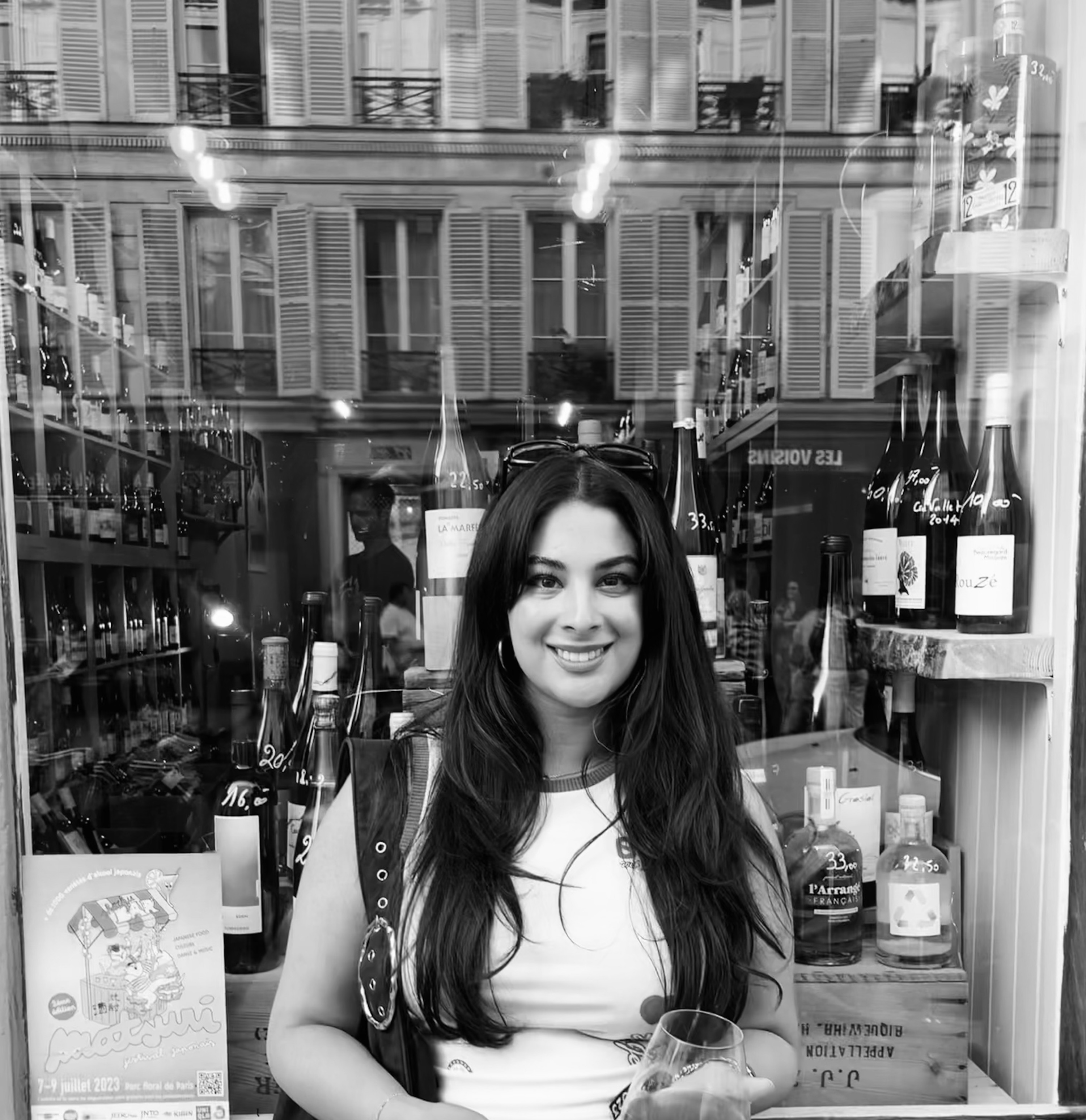Why Are Beauty Products Getting So Expensive?
And how it's impacting consumers and smaller brands


Last month, Louis Vuitton Beauté—helmed by creative director Pat McGrath—dropped a make-up range comprising eyeshadow quads (£190), lip balms (£120) and satiny, LV-embossed lipsticks (£120), which you can purchase alongside their own monogrammed "trunk", for a whopping £2,130.
Beauty has always been a gateway into the designer world, but previously buying in would set you back around £20 to £50, for everything from M.A.C Cosmetics lip pencils and Chanel nail polishes to Dior's lip oils. Louis Vuitton's recent pricing strategy, then, reflects a larger shift in an industry that is becoming more competitive, subject to the whims of politicians, and increasingly expensive.
Earlier this year, e.l.f Beauty raised its prices by $1 per SKU, while brands like Saie, Glow Recipe, The Inkey List, and Naturium also announced they would be raising prices across selected products and markets to offset increasing costs. Then, in July, Procter & Gamble—the giant behind the likes of Pampers, Olay and Head & Shoulders—said that it would hike prices on around a quarter of its products in the U.S. in the mid-single digit range, citing President Donald Trump's sweeping tariff policy.
A post shared by Louis Vuitton (@louisvuitton)
A photo posted by on
In June, Trump doubled tariffs on imported aluminium to 50 per cent. This affects any beauty manufacturer, but especially premium ones that use shiny packaging components, including tubes, caps, canisters, and sprays. While the whole weight of this does not apply to the UK, it could still affect consumers indirectly due to increased risk, supply chain disruption and market tightening.
But despite this, and the wider cost of living crisis, we're still buying into beauty in record numbers. Per The British Beauty Council’s 2025 Value of Beauty report, the UK's beauty sector grew around four times faster than the overall economy in 2024, contributing £30.4 billion to national GDP—a nine per cent increase on the previous year. Generally speaking, we're spending a greater share of our income on beauty than we did a decade ago, and this can partly be attributed to the "lipstick effect" whereby in times of economic uncertainty, consumers will cut back on large purchases but increase expenditure on small, affordable luxuries like make-up.
"I would say the rising cost of beauty products is due to many factors, including import and export costs post Brexit," Millie Kendall, founder of the British Beauty Council, tells Marie Claire UK. "There's also the increase in the cost of raw materials, US tariffs and the cost of doing business globally, including shipping costs from the Far East."
However, she adds that the rise in consumer spending is not just due to an increase in price on a product level. "It's also in the volume of goods and services bought," she continues. "There is often growth in our sector during a cost-of-living crisis. There are many social triggers for this, low-cost items with feel feel-good impact being the most obvious, and there has also been an increase in the prevalence of beauty services, like brows, lashes and nails, so the 'lipstick effect' has really evolved."
Celebrity news, beauty, fashion advice, and fascinating features, delivered straight to your inbox!
Of course, you can't separate the status-symbol element from beauty. While the majority of us can't conceive of purchasing a Louis Vuitton handbag (typically retailing for well over £1000), a £120 lipstick can be within grasp.
Farrah Gray, long-time beauty PR, says that this is no recent trend. "Expensive beauty remains a status symbol. It was certainly the case for me as a 16-year-old when I bought one of my most memorable luxury beauty purchases, Chanel’s Rouge Noir nail polish, back in 1998 for £8 [it now costs £30]. It resonates far deeper than just price. Status in beauty now intertwines with consumer values, aspirational cultural moments, and proven product performance. They mark meaningful transitions in personal identity or serve as a visual shorthand for refined taste and success. In an era where ‘quiet luxury’ and emotional resonance are prized, the most coveted beauty products combine substance with style, becoming subtle yet powerful markers of distinction."
At the other end of the spectrum is K-beauty, known for its effectiveness, innovation, and purse-friendly price points. As luxury brands increase their costs, the K-beauty space strives to remain affordable and is continuing to see a boom from increasingly savvy and discerning customers. However, as I reported earlier this year, Trump's tariffs could also increase the cost of bringing Korean-made products to the US, and this could have global ramifications on price.
Accordingly, smaller, independent brands are feeling the pinch and pressure to compete within a progressively insecure economy. "As a brand, we do our best to give a lot for less. We use ingenuity and community building to reach the customer rather than baking in marketing into the product cost," Bina Khan, the founder of South-Asian make-up brand Just B Cosmetics, explains. "However, given the saturation, and that we are trying to fight for space with skincare now as well, it's hard to blame beauty brands for having big marketing budgets just to stick out. Being in stores is really tough on little brands, so it has to be seen as purely a marketing exercise. The cycle is so fast and the appetite is so changeable. You hope for that one viral product, and even that may not save you."
Freddy Furber, the founder of skincare brand Q+A—whose products retail between £5 to £15—is adamant on not passing down costs to the consumer. "The price of everything has risen over recent years, including all basic commodities, raw materials for cosmetics and the cost of freight, as many brands have global supply chains. Q+A have managed to keep our prices cost-effective by managing the supply chain and manufacturing in-house. As the brand has grown, factory automation, better sourcing, and large run sizes have all helped the brand absorb rising input costs from our suppliers." However, he adds that many brands don't have this luxury: "Given an increase in price from their manufacturer, they are forced to raise prices."

Nessa Humayun is the Beauty Editor at Marie Claire UK. With over eight years of editorial experience across lifestyle sectors, Nessa was previously the Editorial Lead of HUNGER Magazine, and has bylines in British Vogue, Dazed, and Cosmopolitan. A self-confessed human guinea pig, Nessa covers everything from product must-haves to long-reads about the industry writ large. Her beauty ethos is all about using products that work hard, so you don't have to.